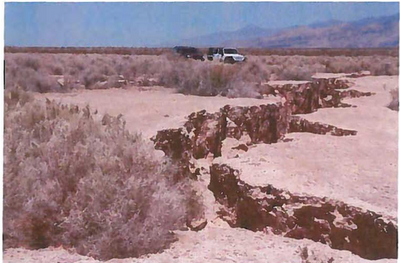Hidden Hills Solar: Chorus of Concern Grows

As BrightSource Energy's construction hums along at its Ivanpah Solar project site in the northeastern Mojave Desert, the company's proposed Hidden Hills Solar project further north is being scrutinized as the California Energy Commission (CEC) accepts comments on a preliminary staff assessment of the project's potential impacts. As noted earlier on this blog, the Bureau of Land Management (BLM) was one of the first to note some serious deficiencies in the CEC's staff assessment, with a focus on the project's demand for scarce groundwater supplies. Since then, several other parties--including Native American tribes, the National Park Service, Center for Biological Diversity, the Nature Conservancy, and the Amargosa Conservancy--have expressed concerns for water and wildlife, while Inyo County reiterated its expectation that BrightSource Energy compensate it for millions of dollars worth of increased services needed in the remote corner of California where the ...

